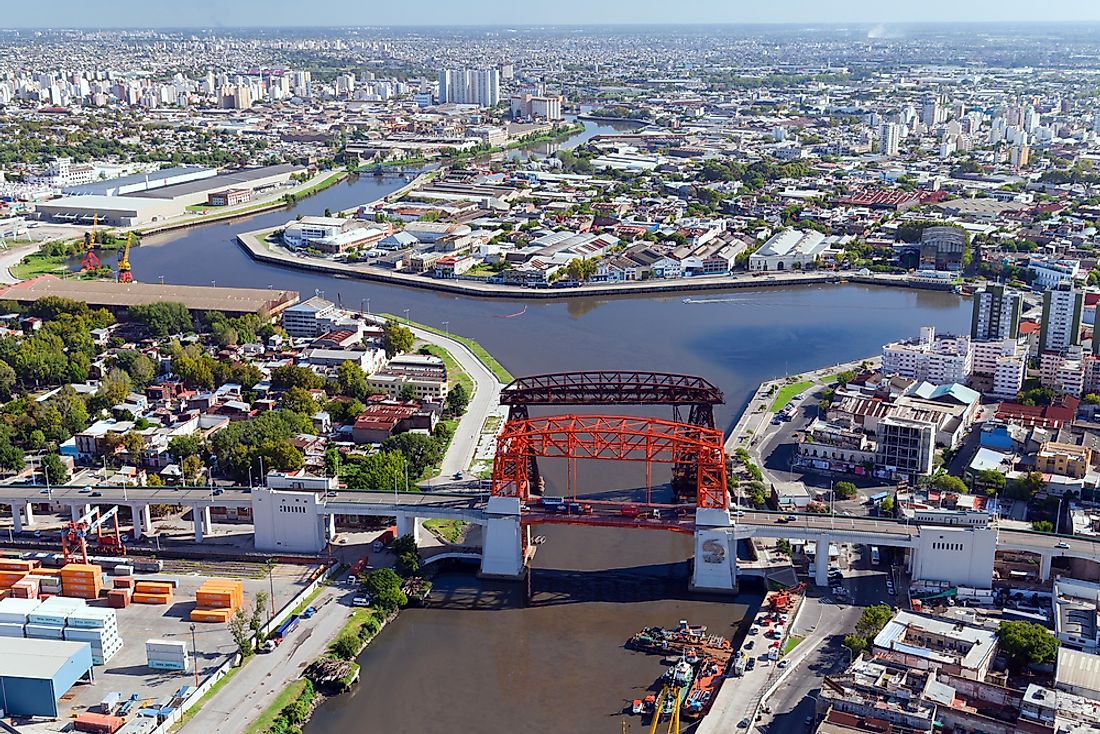What Are The Major Natural Resources Of Argentina?

Officially known as the Argentine Republic, Argentina is a country in South America. With an area of about 1,073,500 square miles, Argentina is the planet’s eighth largest nation and the fourth largest nation in the Americas. The capital city, which also doubles as the largest city, is Buenos Aires.
Argentina has a high-income economy, which is why the country’s economy ranks third in Latin America and second in South America in terms of economic power. Some of the things that drive this economy include an abundance of natural resources, a diverse industrial sector, high levels of literacy, and an agricultural sector focused on exports. Natural resources in the country include minerals (such as gas, coal, and petroleum), fertile agricultural land, and tourist sites.
Agriculture
Fertile agricultural land is one of the reasons why the agricultural sector in the country is so crucial. Presently, about 10% of the country’s total land area is cultivated. The capital-intensive sector is responsible for providing around 7% of the country’s employment as well as more than 50% of the country’s revenue from exports. In the past, when it was the dominant sector, agriculture accounted for about 20% of the nation’s GDP. Today, however, the sector does not contribute more than 10% of the national GDP. Most of the land is owned locally while 15% is under the ownership of foreigners. Agricultural exports from Argentina include both processed and unprocessed foods. In 2011, unprocessed agricultural exports made up about 25% of the nation’s exports, which totaled about $86 billion. Processed agricultural exports made up about one-third of the exports in the same year.
Mining
Mining is a crucial sector of the economy with some of the natural resources including minerals like aluminum, zinc, gold, silver, copper, and lead. Fuel minerals include natural gas and petroleum. In 2003, non-fuel minerals had a worth of about $1.1 billion with copper making up about $467 million of the total figure. In 2010, the figure increased drastically to about $3 billion, which was a massive increase from the relatively meager $200 million from 1996. The sector is regulated by the Mining Department of the Ministry of Planning and Public Investment. Most of the mining in Argentina takes place at San Juan Province and the northwest regions of the country.
Tourism
The country is a tourist destination for people from all over the world. Data from the World Tourism Organization shows that the country received about 5.8 million visitors in 2011. That figure meant that the country was the most popular tourist destination in South America and second only to Mexico in Latin America in that year. According to the World Economic Forum, in 2017, the sector generated more than $22 billion, which was about 3.9% of the GDP. In addition, it provided employment to 3.7% of the country’s labor force, which was about 671,000 people.











